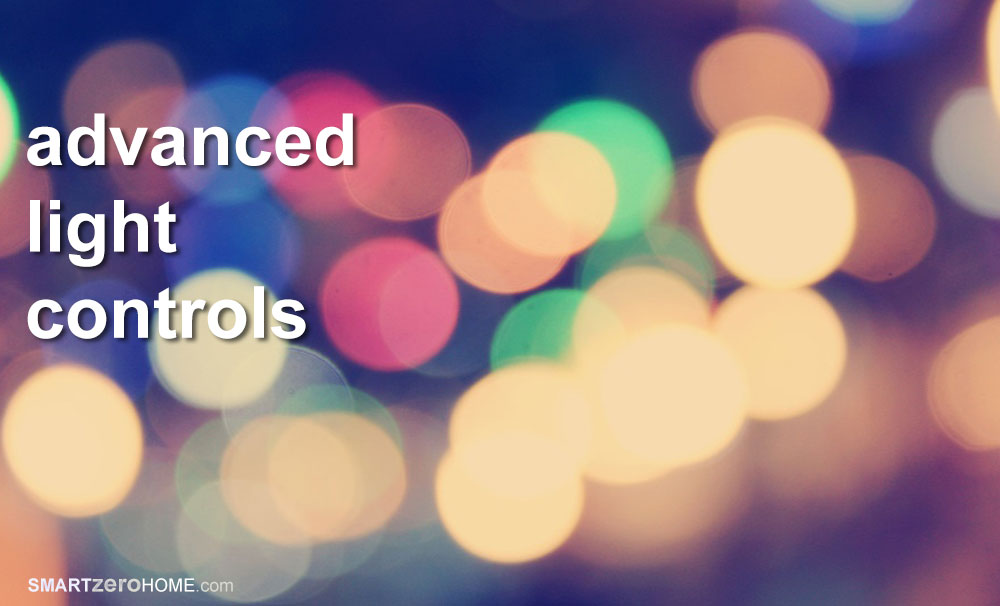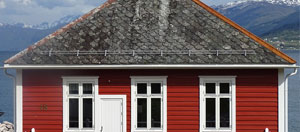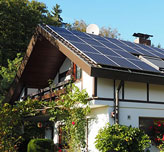lights > sensors & CONTROLS

Light Occupancy Sensors & Dimmers: Advanced Light Controls 101
Advanced lighting controls coupled with high efficiency lighting fixtures can result in lighting energy savings of over 30%. Occupancy Sensors & Dimmers are 2 categories of lighting controls for homes, based on technology and usage:
1) Occupancy Sensors are based on motion sensor technology and are recommended for use in areas that have usage at specific times or when needed. These sensors ensure that the lights are turned off automatically when there is no one in the room. Occupancy controls can either be driven by Occupancy sensors or by Vacancy sensors.
Vacancy sensors are manually switched on by the resident and are automatically switched off when the resident leaves the space. Occupancy sensors are automatically switched on when someone enters the space, and switched off when someone leaves the space.
Occupancy sensors ensure that the lights switched on only when the space is occupied
The ideal areas for using occupancy controls are the garage, the bathrooms, and any storage areas. Occupancy sensors specifically are ideal for outdoor lights (alerts the resident of any visitor as well), and laundry room, while vacancy sensors are ideal for spaces such as the kitchen, and living room.
See top 5 light occupancy sensors available in the market today.
2) Light Dimmers are used to decrease the lighting consumption by 65% (for CEC certification) and more, and are effective in areas where the light usage varies based on time of day and need.
Light dimmers are ideal for spaces where light usage varies based on time of day and your needs
Hallways and other circulation and common areas, bedrooms, dining room and family room are ideal for dimmer installation. Dimmers can be used with track lighting and recessed can lights.
See top 5 light dimmers available in the market today.
The following is a great video by GE summarizing light occupancy sensors and daylight sensors:
Installation
A lot of occupancy/motion sensor controls are plug-and-play, however it is still advisable to consult a local electrician or get their help in installation. A dimmer is a more complicated technology that requires wiring the dimmers with the light fixtures, and definitely requires the service of a professional electrician.
See our list of top 5 occupancy and vacancy sensors, and top 5 dimmers.








